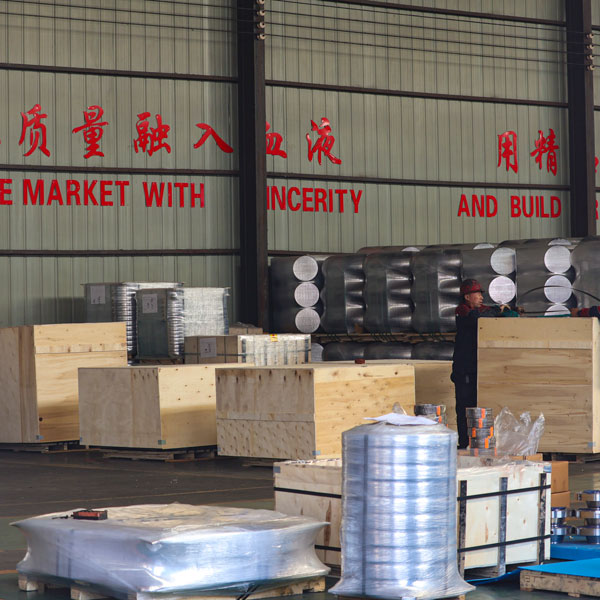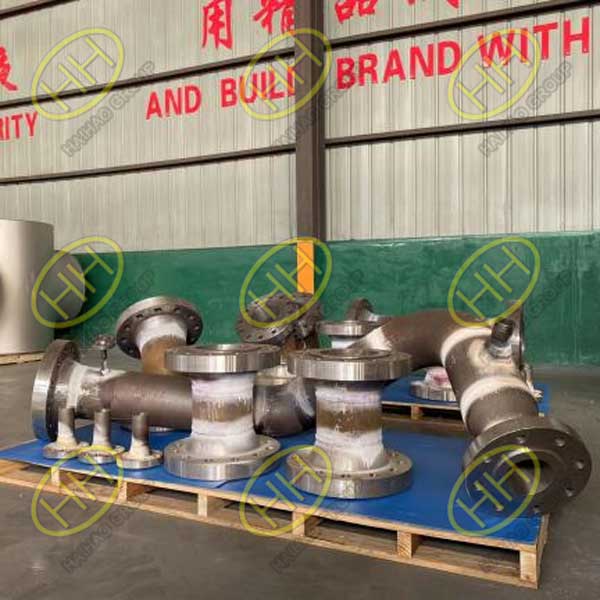Toughening and softening of the heat-affected zone (HAZ): Engineering Solutions
The HAZ often represents the weakest part of a welded joint, particularly near the fusion line and coarse-grained regions. Enhancing toughness and managing softening are critical engineering challenges.
Strategies for Toughening the HAZ
Controlling Microstructure
Use low-carbon steels with fine, dispersed alloy elements
Achieve desirable structures like low-carbon martensite, lower bainite, or acicular ferrite
Minimize grain boundary segregation
Toughness Treatment
Post-weld heat treatments (PWHT) can improve joint performance
When PWHT is difficult, optimize welding parameters (heat input, preheat, postheat) to enhance toughness
Advanced Methods
Use fine-grained steels and controlled rolling
Apply refining techniques to minimize impurities like sulfur, phosphorus, oxygen, and nitrogen
Softening Issues in the HAZ
Metals strengthened by cold work or heat treatment often soften in the HAZ after welding.
Softening is most severe in high-strength quenched and tempered steels and precipitation-hardened alloys.
The extent of softening depends on the pre-weld heat treatment temperature and the welding thermal cycle.
With careful material selection, heat treatment control, and welding procedure optimization, it is possible to minimize HAZ softening and maximize toughness, ensuring that welded structures meet demanding service requirements.
Related Articles:
The causes and effects of hardening in the heat-affected zone (HAZ) of welding
Welding Heat-Affected Zone (HAZ) vs Weld Metal: Why the HAZ matters more than you think
Embrittlement in the Heat-Affected Zone (HAZ): Understanding the Threats


